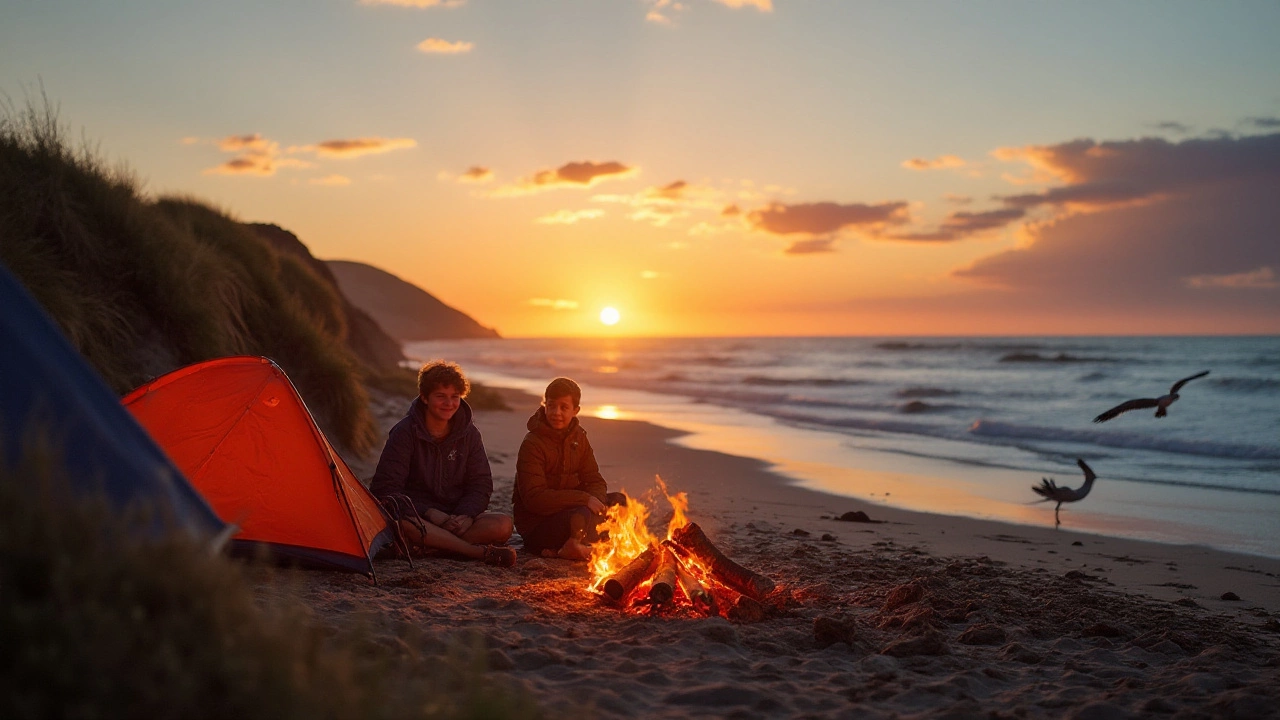UK Beaches: Where to Go, What to Do, and How to Stay Legal
If you love salty air, golden sand, and a bit of freedom, the UK’s coastline has you covered. From the rugged cliffs of Cornwall to the wide bays of Northumberland, there’s a beach that fits every vibe. This guide pulls together the best spots, the rules that keep you out of trouble, and a few insider tricks to make your beach day unforgettable.
Top Beaches to Visit
Start with a quick list of must‑see locations. Woolacombe, Devon offers three miles of surf‑ready sand and plenty of cafés nearby. Bamburgh, Northumberland pairs a historic castle backdrop with calm waters perfect for families. If you crave surf and scenery, head to Porthleven, Cornwall, where the steep cliffs create a dramatic shoreline. For a quieter vibe, try Holkham Bay, Norfolk – miles of unspoiled sand that feel almost private.
These beaches aren’t just pretty; they’re also well‑served by public transport and have clear signage about parking and facilities. Arriving early in the summer gives you a better chance at a good spot, especially on weekends.
Camping and Legal Tips
Camping on a UK beach can feel like ultimate freedom, but the law is strict in many areas. In England and Wales, most beaches are covered by byelaws that forbid overnight stays without permission. Scotland is more relaxed thanks to the Scottish Outdoor Access Code, which allows wild camping on most coastlines as long as you follow the “leave no trace” rules.
Before you pitch a tent, check the local council’s website for specific byelaws. Many popular beaches have designated “campsites” nearby that offer basic facilities for a small fee. Using these sites keeps you legal and gives you access to toilets, water, and sometimes even electricity.
If you’re set on a wild‑camping experience, follow these practical steps: 1) Arrive late in the evening and leave early in the morning. 2) Choose a spot out of sight of the main promenade and any nearby properties. 3) Pack out everything you bring – trash, food scraps, and even toilet paper. 4) Use a portable camping toilet or a biodegradable bag to avoid polluting the sand.
Our recent article, “Wild Camping on England’s Beaches: What You Need to Know,” breaks down the exact spots where locals have reported successful low‑key stays. It also covers the risks of being asked to move and how to handle a polite reminder from a beach warden.
For the best mix of freedom and comfort, consider a motorhome or campervan. Many UK beaches have designated motorhome parking bays that let you stay for a night without breaking any rules. Just be sure to check the height restrictions and any local fire bans before you arrive.
Finally, keep safety top of mind. Tides can shift quickly, so always check the local tide table. Strong winds can turn a peaceful night into a blustery ordeal, so secure your tent with extra guylines. And keep an eye on the weather forecast – a sudden rainstorm can make a sandy campsite tricky to navigate.
Whether you’re planning a day trip or a weekend escape, the UK’s beaches offer something for every traveler. Use this guide to pick the perfect spot, respect the local rules, and enjoy a hassle‑free seaside adventure. Happy beach hunting!
Wild Camping on UK Public Beaches: What You Need to Know
Exploring the allure of wild camping on UK public beaches offers a unique connection with nature, but it's important to understand the local laws and environmental considerations. While the idea of sleeping under the stars along the coast seems idyllic, campers must navigate regulations that vary by region. From understanding beach access to minimizing human impact, this article provides essential tips for a responsible and enjoyable beach camping experience.
